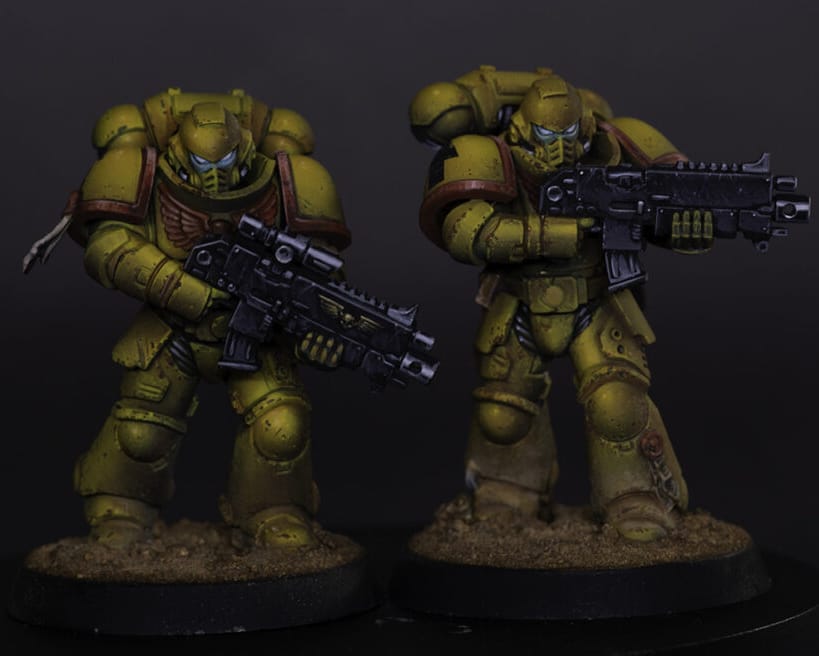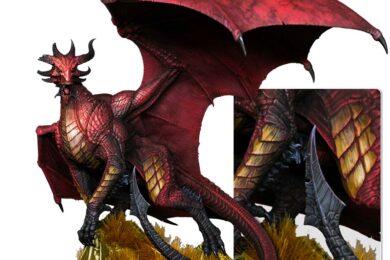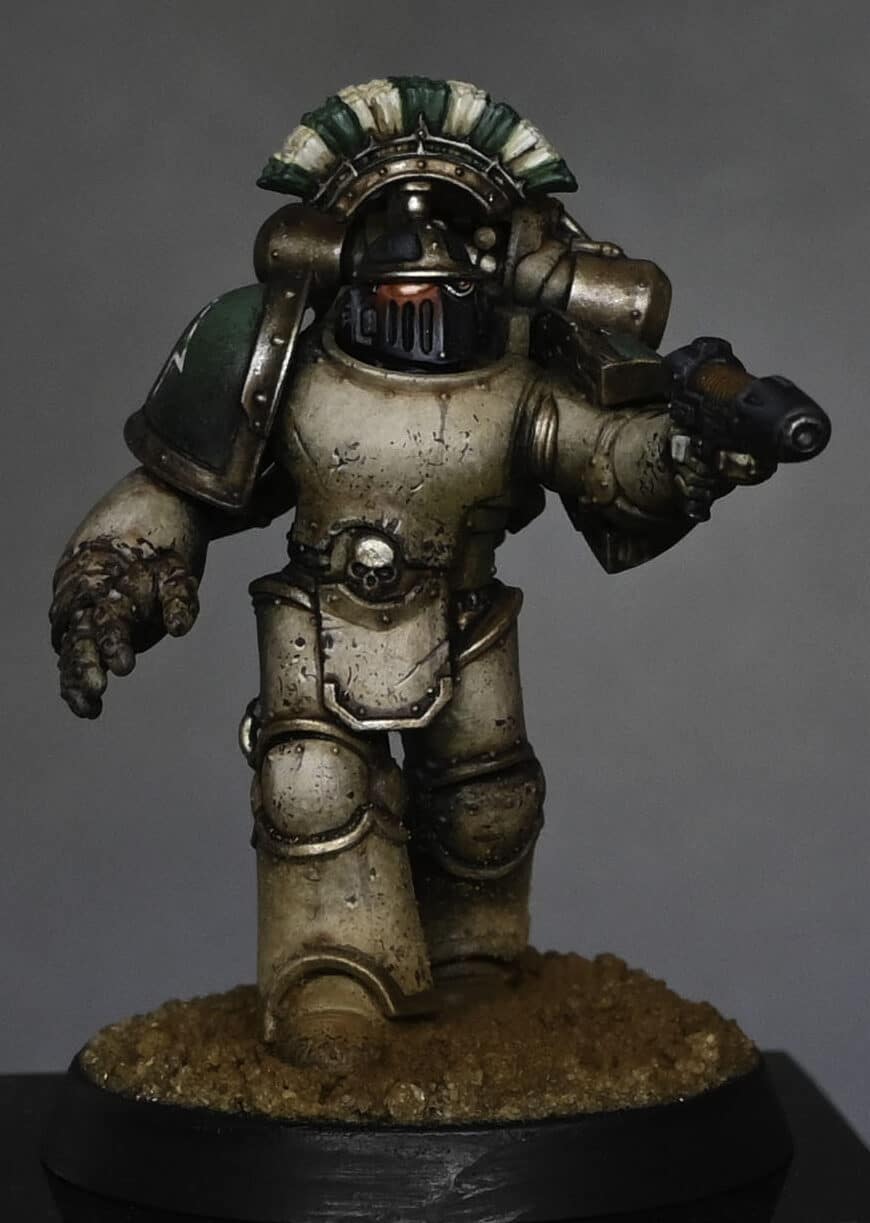I have created a video showing the techniques to Paint an Imperial Fist Space Marine – please click below to view or check out my other Space Marine tutorials.
How to Paint an Imperial Fist Space Marine to Tabletop Standard

How to Paint an Imperial Fist Space Marine to Tabletop Standard
In this guide, we’ll walk through the steps to paint an Imperial Fist Space Marine quickly and effectively to tabletop standard. This tutorial uses an airbrush for the base coats, followed by detailed brushwork for finishing touches.
Who are the Imperial Fists?
The Imperial Fists, hailing from the lineage of the VII Legion of the Legiones Astartes, were crafted by the Emperor Himself amidst the turbulent times of the Unification Wars on Terra. Distinctive for their steadfast loyalty and absence of a homeworld, they traverse the galaxy aboard the ancient space fortress, Phalanx, embodying the mobile bulwark of the Imperium. Not bound by the soil of a single world, they forge their legacy across the stars, their recruitment chapels scattered across planets to ensure a constant stream of warriors.
Their primarch, Rogal Dorn, renowned across the Imperium for his mastery in siegecraft, led them to countless victories that are etched into the annals of history. Their expertise in fortification and assault placed them at the heart of the Imperium’s most pivotal battles, embodying the Emperor’s resolve.
The vibrant yellow of their armour is not merely a colour but a symbol of their undying allegiance and the light they bring to the darkest corners of the galaxy. This striking hue stands as a beacon of hope and resilience, a visual testament to their role as the Emperor’s shield. It reflects their duty to illuminate the path forward for humanity, bearing the light of the Imperium against the encroaching darkness. In their relentless pursuit of victory, the Imperial Fists and their successors—The Crimson Fists and The Black Templars—continue to uphold the virtues of duty, sacrifice, and unwavering loyalty, shining as exemplars of the Space Marine ideal and the indomitable spirit of the Emperor’s will.
Explore more Space Marine Tutorials
If you don’t have an account here on my website, please sign up here! I have over 350 video tutorials with steps and tips, plus a selection of PDFs. If you are not sure about joining, you can explore my free videos. with some free Space Marine tutorials, with a free membership, or take the plunge and become a full subscriber for full access.
If you’d prefer to support me on Patreon, please visit: https://www.patreon.com/RichardGray

















